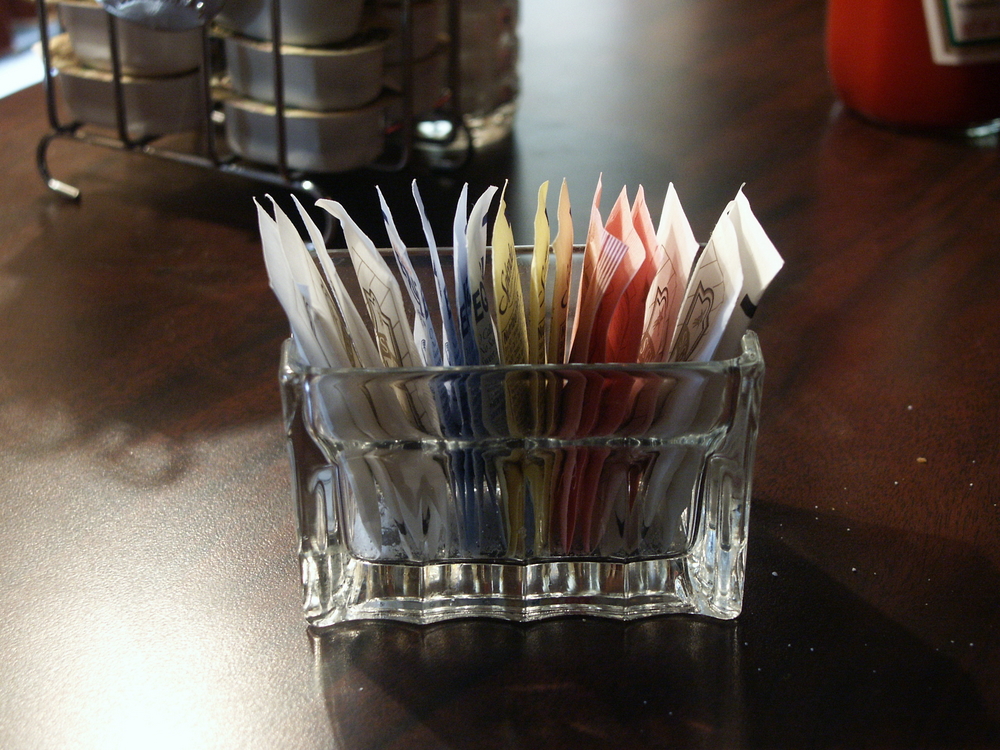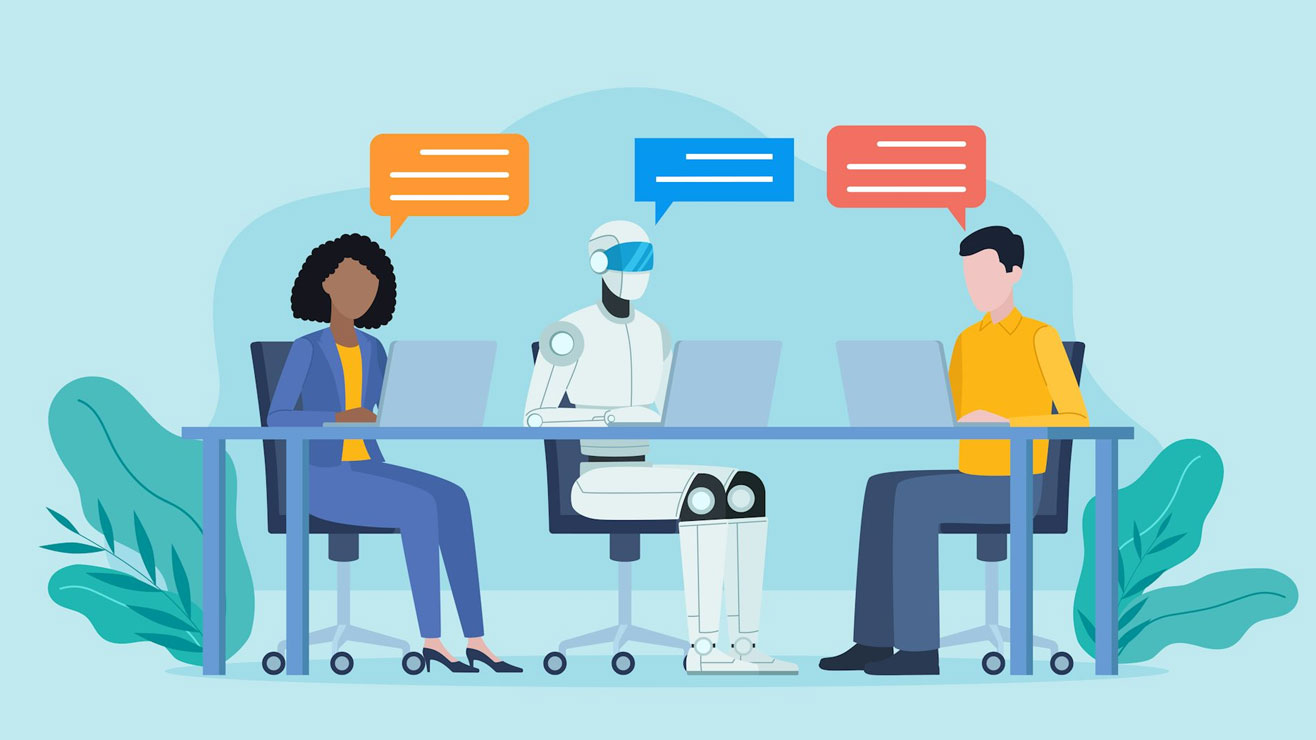Souring on Artificial Sweeteners: Substances May Boost Appetite

Artificial sweeteners have gone from diet darlings — touted for allowing people to get a hit of sweetness without the calories of sugar — to a more maligned ingredient, as evidence mounts suggesting a complicated net effect on calorie consumption.
Now, a new study done in fruit flies and mice offers insights into how zero-calorie sweeteners may actually increase appetite.
Previous studies in both humans and animals have suggested that artificial sweeteners might promote weight gain, but that research is controversial, said Greg Neely, an associate professor of genomics at the University of Sydney in Australia and the senior author of the new study. Indeed, there is a lot of discussion about how these sweeteners actually affect human health, he said. [Eating Heart Healthy: Which Foods Actually Help?]
In the new study, researchers fed fruit flies either a diet of food sweetened with sugar or a diet of food sweetened with sucralose, the artificial sweetener found in Splenda, for five days. (Neely noted that sucralose was used as the artificial sweetener in part because fruit flies don't seem to like saccharin, the artificial sweetener used in Sweet'N Low.) After five days, all of the fruit flies were put on the sugar-sweetened diet.
The researchers found that the flies that had been fed the sucralose diet started eating about 30 percent more calories than the ones that had been eating sugar from the start, Neely said.
But the researchers wanted to figure out exactly what was going in the flies' brains to drive this response.
Using molecular genetic approaches to study the activity of brain cells, the scientists found that the sucralose activated a "fasting response" in the flies' brains, Neely said. In other words, because the flies were consuming fewer calories when they were fed the sucralose, their brains did not recognize that they were eating enough calories in total. And so, to compensate for this perceived lack of food, the fasting response pathway in the brain triggered the lab animals to eat more, he said.
Get the world’s most fascinating discoveries delivered straight to your inbox.
The activity of cells called "sweet taste neurons" in the flies' brains suggested that this fasting response made sweet foods taste much sweeter to the flies. The fasting response increased the sweetness intensity of natural sugar by 50 percent, Neely said.
In other words, long-term consumption of artificial sweeteners made real sugar seem much sweeter to the fruit flies, Neely told Live Science.
The researchers also found that a neurotransmitter called neuropeptide F played a role in the fasting response in the fruit flies. Mice and humans have an analogous neurotransmitter, called neuropeptide Y.
Additionally, the researchers conducted a similar experiment in mice: when the mice had no genetic changes, those that were fed sucralose-sweetened jellies ate more food than those that were not given the sucralose, the researchers found, according to the findings published Tuesday (July 12) in the journal Cell Metabolism.
However, when the researchers used genetically modified mice that did not have neuropeptide Y, the sucralose had no effect on the animals' appetite, the scientists found. In other words, neuropeptide Y played a role in how artificial sweeteners affected the animals' appetites.
Together, the new findings suggest that in both fruit flies and mice, sucralose promoted increased food intake, Neely told Live Science.
More studies are needed to determine whether the same thing happens in humans, Neely noted. However, the components of the brain's response that the researchers found in the fruit flies and mice, such as the particular neurotransmitter involved, are also found in humans. So, "it's possible [that] sweeteners work through the same pathway" in humans, he said.
Originally published on Live Science.



